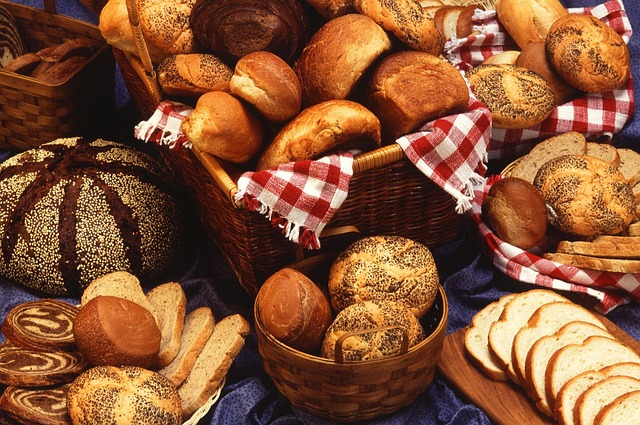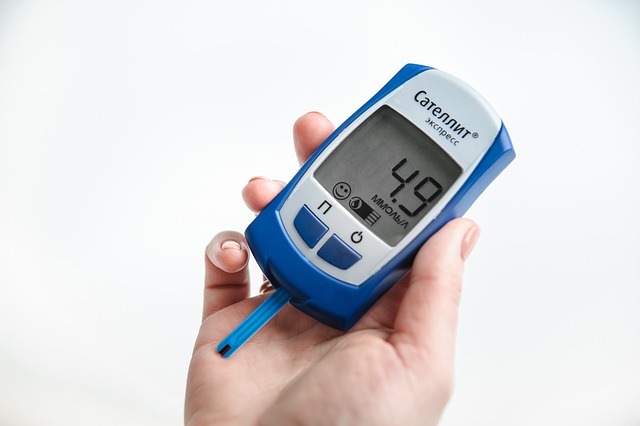Cholesterol is a necessary substance in your body as a building block for cells and hormones, but too much can be harmful. Cholesterol comes from some foods in the diet, and your body is also capable of making as much as it needs.
Healthy lifestyle changes can help prevent high cholesterol and taking medication along with making healthy choices can help lower high cholesterol if you already have it. Managing cholesterol is important to lower risk for heart disease as well as other conditions, such as diabetes.
What Is Cholesterol?
The Centers for Disease Control and Prevention (CDC) explains that there are different kinds of cholesterol [1]. High-density lipoprotein (HDL) cholesterol carries extra cholesterol from cells to the liver so the body can get rid of it. That is why HDL cholesterol is called "good cholesterol."
Low-density lipoprotein (LDL) and very low-density lipoprotein (VDL) cholesterol carry fats around the body to places that need it. However, while a small amount of LDL and VLDL cholesterol is necessary, too much is harmful because it allows cholesterol to build up in the arteries.
Another type of fat, triglycerides, is used as fuel for muscles. Too much in the bloodstream is another risk factor for heart disease.
Testing Cholesterol Levels
You can get your cholesterol levels tested with a blood test. The CDC suggests that healthy adults be screened every 4 to 6 years
When we say, "high cholesterol," usually we are referring to high total or high LDL cholesterol. High HDL cholesterol is a good thing!
Causes and Effects of High Cholesterol
Is high cholesterol genetic? Some people may be at higher risk for high cholesterol due to non-modifiable factors, or factors that cannot be changed.
- Family history of high cholesterol.
- Familial hypercholesterolemia (rare; about 1 in 1 million people).
- Older age.
- Being male.
High cholesterol can be genetic, but it usually has environmental or controllable factors, too. They could include:
- Being overweight or obese.
- Having type 2 diabetes.
- Eating a diet high in saturated fats and/or in red meat.
Having high cholesterol is a risk factor for heart disease, such as atherosclerosis. It can lead to trouble such as heart attacks and stroke. People with high cholesterol are also more likely to develop prediabetes and type 2 diabetes.
How Can I Change My Cholesterol Levels?
Is there anything that can be done to prevent or lower high cholesterol? Most people can lower their risk for high cholesterol or manage high cholesterol by making healthy choices.
- Losing weight if you are overweight or obese.
- Eating a healthy diet to lower cholesterol.
- Increasing physical activity.
- Getting adequate sleep.
If you have high cholesterol, your doctor may prescribe cholesterol-lowering medications. Statins, such as Lipitor and Crestor, cholesterol-absorption inhibitors, and bile acid-binding resins are some of the common options.
Diet to Lower Cholesterol
What you eat can have a huge impact on cholesterol levels. Many people may think that they need a list of high cholesterol foods to avoid because they assume that high-cholesterol foods are a big contributor to high cholesterol levels.
These are some high-cholesterol foods:
- Red meat and poultry.
- Shrimp, crab, and other shellfish.
- Whole eggs and egg yolks.
- Cheese and milk.
- Ice cream.
Since only animal-source foods have cholesterol, it is a good bet that eating more plant-based foods will lower cholesterol intake.
Cholesterol-Raising Foods to Avoid
Surprisingly, high-cholesterol foods are not the worst of the cholesterol-raising villains. It appears, rather, that dietary cholesterol is not a big deal unless it goes with a lot of saturated and/or trans fats - the unhealthy fats. It also turns out that sugar-sweetened beverages and foods can also be bad for cholesterol.
The following foods may be linked to higher total and LDL cholesterol levels.
- Fatty red meat, processed meat, and poultry with skin.
- Fried chicken, fish, and shrimp.
- Butter and shortening.
- French fries and other fried foods.
- Soft drinks, energy drinks, and other sugar-sweetened beverages.
- Cookies, cakes, pies, and other desserts.
These foods do not just affect cholesterol. They can also increase insulin resistance, which can lead to prediabetes and type 2 diabetes.
Good Foods to Lower Cholesterol
So what's to eat? For each cholesterol-raising food to limit, there are plenty of cholesterol-lowering foods to consider. For example, fiber is a nutrient in plant-based foods that blocks cholesterol absorption. Plus, certain fats can lower LDL or raise HDL cholesterol when you choose them instead of other fats.
These can be part of a balanced diet to maintain healthy cholesterol levels.
- Fresh and unsalted, unsweetened frozen fruits and vegetables.
- Whole grains, such as oats, barley, and quinoa.
- Whole-grain products, such as whole-grain bread and pasta, brown rice, and whole-grain cereal.
- Healthy fats, such as avocados, olive oil, peanuts, and nuts.
Many of these same foods can also help control blood sugar, and skipping out on them can raise risk for type 2 diabetes.
Program to Lower Cholesterol
About 1 in 3 adults have prediabetes, putting them at increased risk for diabetes. Risk is even higher for prediabetes if you have high cholesterol. Lark Diabetes Prevention Program (DPP) is an easy-to-use program for high-risk adults to lower risk for diabetes. You may be eligible if you are overweight and have slightly high blood sugar, so it is worth asking your doctor to get tested.
Lark DPP is designed to help you lose weight and make healthy choices that fit into your lifestyle. With anytime coaching and a wealth of tips and tricks, Lark's down-to-earth coaching lets you set and work towards goals that can help you stay as healthy as possible.











.webp)








